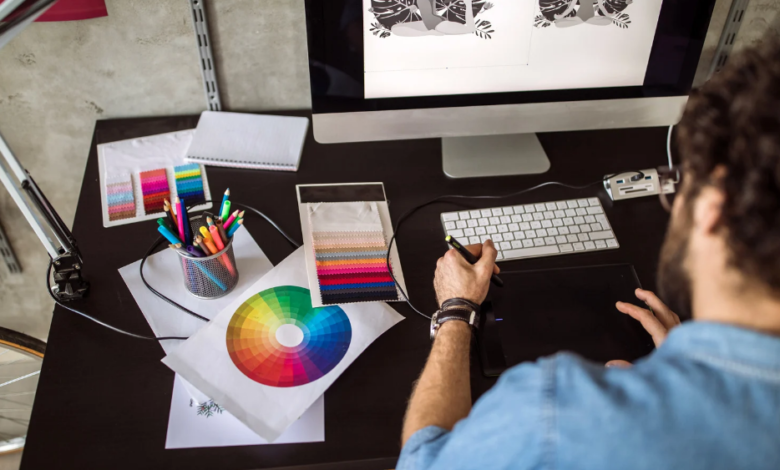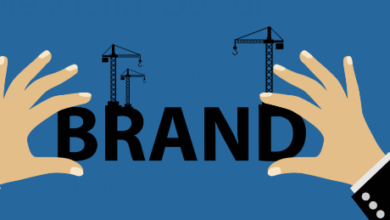Digital Media Art vs. Traditional Art: Differences and Similarities

Art has evolved over centuries, adapting to new tools, platforms, and cultural shifts. Today, one of the most debated topics among creatives and art enthusiasts is the contrast between traditional and digital approaches. Whether you’re a digital media artist in Fort Lauderdale or a painter working with oils and canvas, understanding the differences and common ground between these two art forms is key to appreciating their value and purpose.
Mediums and Tools
The most apparent distinction lies in the tools and processes used. Traditional artists rely on physical media like pencils, brushes, ink, and paints applied to surfaces such as canvas or paper. These materials demand manual skill, and the creation process often involves tactile interaction.
In contrast, digital artists use software, drawing tablets, and styluses to create artwork. Programs such as Photoshop and Procreate allow them to work with virtual brushes and layers, enabling a highly flexible and non-destructive workflow. A digital media artist may use advanced pressure-sensitive tablets to mimic brush strokes while also integrating features like zoom, undo, and editing layers.
Before exploring the similarities, it’s important to understand that both media require strong foundational skills.
Skill Development and Creative Process
Despite differences in tools, both traditional and digital artists share similar creative foundations. Composition, perspective, anatomy, and color theory are universal elements that span across both domains. Whether sketching in a notepad or illustrating on a tablet, artists must hone these core principles to create impactful work.
Many digital creators begin by developing their drawing and painting techniques through traditional methods. The transition to digital does not replace artistic knowledge, it complements it. Exploring essential tools and techniques helps refine the precision and efficiency in digital creation, but it doesn’t remove the need for imagination and manual dexterity.
Digital platforms also open the door to features that enhance creativity, such as custom brush creation and photo manipulation. However, this convenience doesn’t eliminate the effort required to produce compelling work, it simply offers new pathways to explore.
Texture, Finish, and Presentation
One of the biggest differences lies in how art is experienced. Traditional art has a tactile dimension, viewers can appreciate the brush strokes, the texture of the canvas, or the layering of paint. The uniqueness of a hand-painted piece cannot be replicated digitally in its entirety.
Digital art, while lacking a physical presence in its raw form, can be reproduced and displayed across various media. It shines in versatility, allowing seamless adaptation for animations, web design, game development, and multimedia. Artists can scale and format their work for different platforms without compromising quality.
In both styles, artistic intent remains at the center. A traditional piece displayed in a gallery holds just as much expressive potential as a digital piece projected during a multimedia exhibition.
Conclusion
While the tools and mediums may differ, both digital and traditional art demand creativity, technique, and vision. The debate between them isn’t about which is better, it’s about recognizing how each medium supports different expressions. Artists today often blend elements of both, creating a hybrid workflow that honors the legacy of traditional art while embracing the innovations of digital creation.







